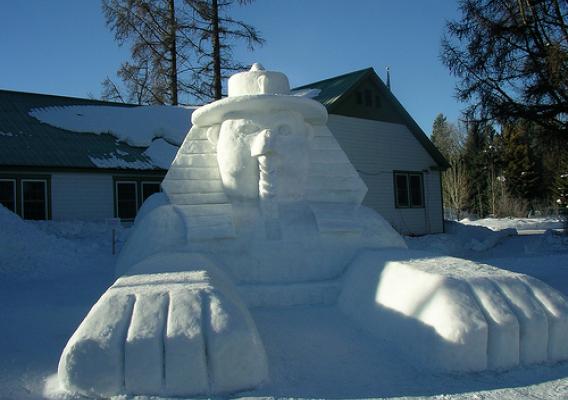The updated Forest Landowners’ Guide to the Federal Income Tax is now available online and includes updated information on Federal income tax as it pertains to timber and forest land planning.
“The main purpose of this guide is to foster good management of family-owned forest land by providing an explanation of provisions and incentives related to forest ownership and management under Federal income tax law,” says Emeritus Research Forester John Greene. Greene authored the guide and is a volunteer for the Forest Service Southern Research Station Forest Economics and Policy unit now that he is retired.
The guide, co-authored by William Siegel, William Hoover and Mark Koontz, updates and takes the place of a previous publication of the same name, incorporating new tax laws and changes through Sept. 30, 2012. It introduces tax planning and basic tax considerations and explains the Federal income tax as it pertains to timber and forest land. Included in the guide:









